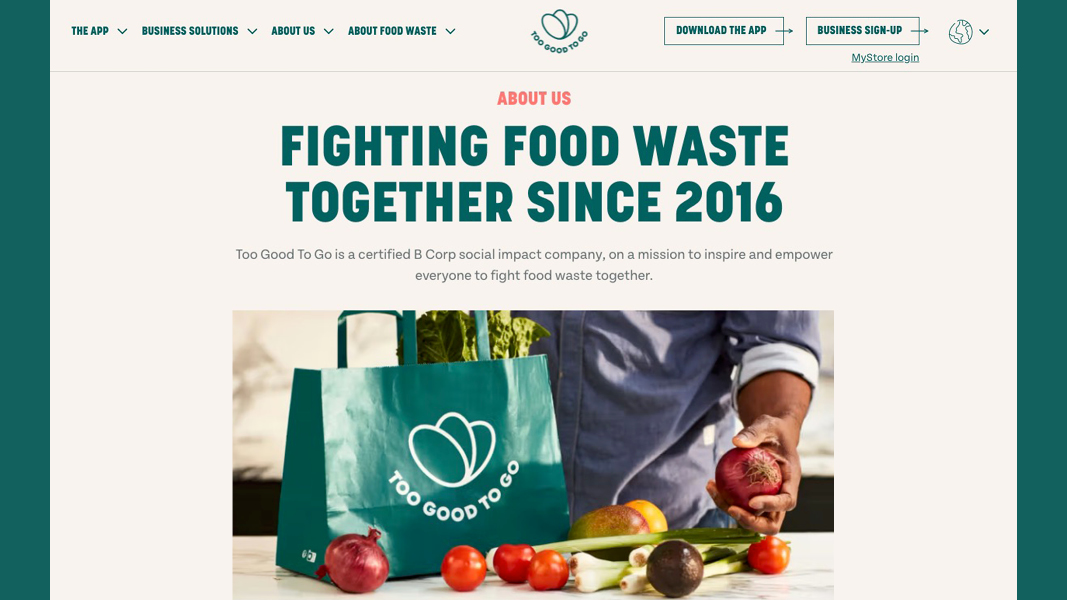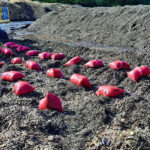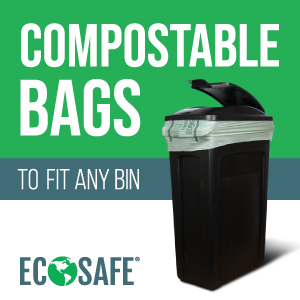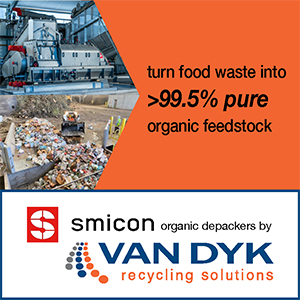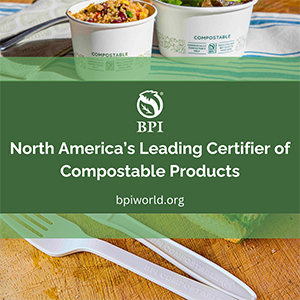Top: Image courtesy Too Good To Go ApS
Researchers from the University of California, Berkeley Haas School of Business and Hong Kong University of Science and Technology recently took a closer look at the food waste reduction promises of food product clearance apps. The research, conducted by Luyi Yang and Man Yu, focused on the strategy used by the Too Good To Go app, and modeled three food product clearance schemes:
- Surprise clearance, where consumers order surprise bags at a set price ahead of time, and stores place all surplus product in bags, with type and quantity varying depending on what’s left.
- Transparent clearance, where items are marked with a clear per-unit clearance price that usually depends on the amount of surplus and consumers choose what they want.
- No clearance, or no reduced price at the end of the regular sales window of time.
The model uses a store that sells perishable food at regular prices for most of its open hours, then discounts (or doesn’t) products near the end of the day to reduce waste or surplus. The store cannot produce more product on-demand and cannot sell product the next day, so anything left after closing is waste.
The study also looks at “high-end” and “low-end” consumers. High-end consumers only purchase during the hours of regular pricing, prior to clearance sales; low-end consumers are not as willing to pay full price, perhaps because of limited means, and only purchase clearance items. The buying behaviors of these two groups can affect a store’s production and the profitability of putting items on clearance.
Surprise clearance is the scheme that apps like Too Good To Go use. This study found that surprise clearance results in the least store food waste, because the store puts all unsold products into surprise bags that have been pre-ordered by consumers. The variable quantity per bag allows the store to fill exactly the number of ordered bags. But, surprise clearance results in the most consumer food waste, because consumers cannot control the quantity or type of product they receive in surprise bags, and tend to throw away the items they don’t want. Furthermore, surprise clearance is the most profitable for stores, and can actually incentivize overproduction more than other clearance types, resulting in a higher amount of surplus going into surprise bags and being passed onto consumers.
Transparent clearance results in more store waste than surprise clearance, but less consumer waste because consumers choose what they buy. Similarly to surprise clearance, transparent clearance can incentivize overproduction (or eliminate the incentive to avoid overproduction), resulting in more store waste because the surplus is not necessarily passed on to the consumer. Transparent clearance is more profitable than no clearance at all, but less profitable than surprise clearance.
Both surprise and transparent clearance can lead to less total food waste if the store does not adjust its production — that is, if it doesn’t give in to the incentive to overproduce in order to sell more on clearance. In that case, surprise clearance results in the least amount of total food waste, followed by transparent clearance, then no clearance at all.
One key takeaway: surprise bags of food products, like the ones ordered through Too Good To Go, may just be passing surplus food from one stage of the supply chain to another — from store to consumer— while generating profits that incentivize overproduction.


